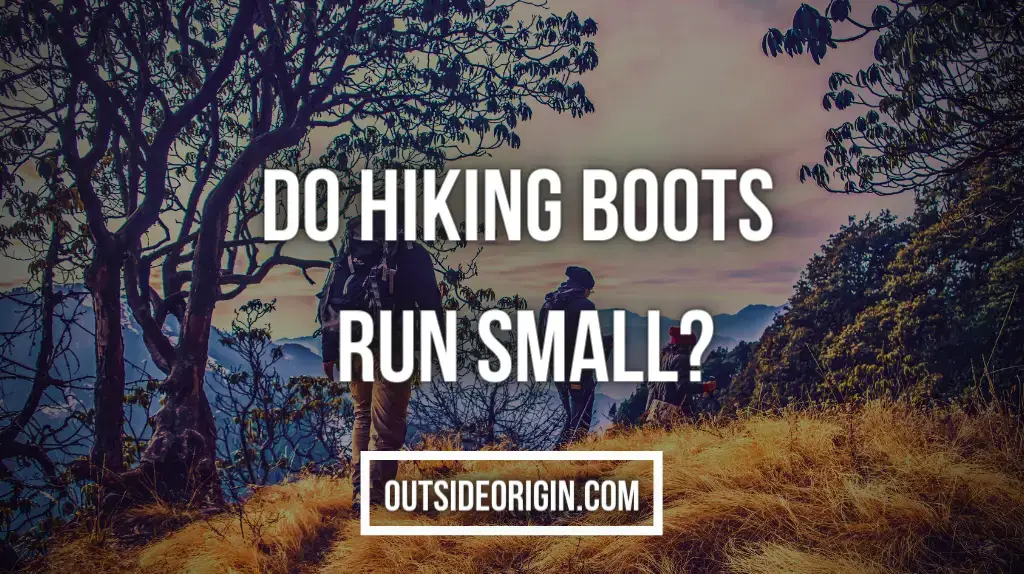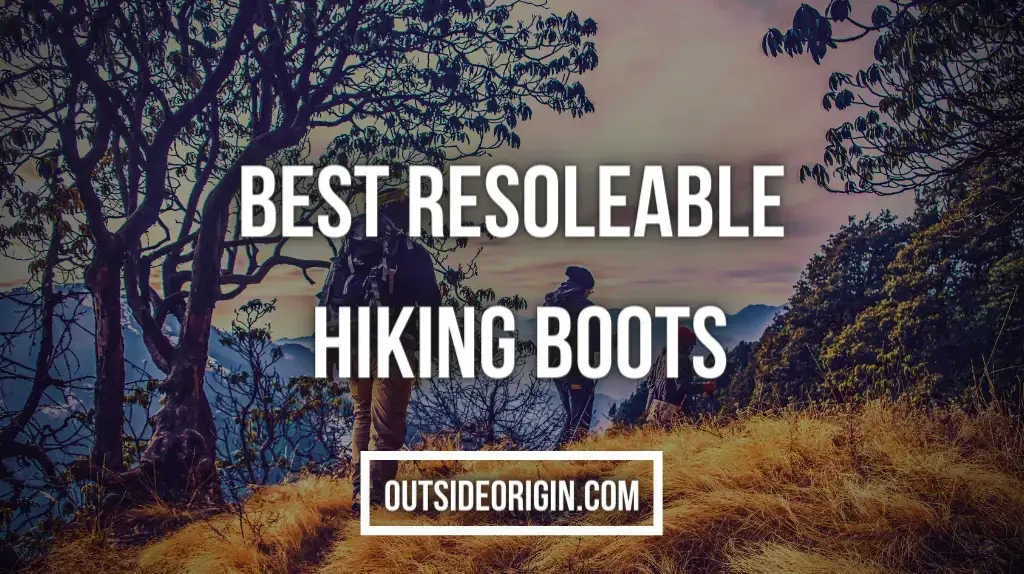As a general rule, hiking boots should be snug around the heel and sides of the foot with an inch or so for the toes. At the end of the day, measure your hiking boot size and wear the thickest socks you own to account for swollen feet. At any shoe store, take a foot measurement to ensure that you purchase the correct boot size.
Do Hiking Boots Tend To Run Big Or Small?
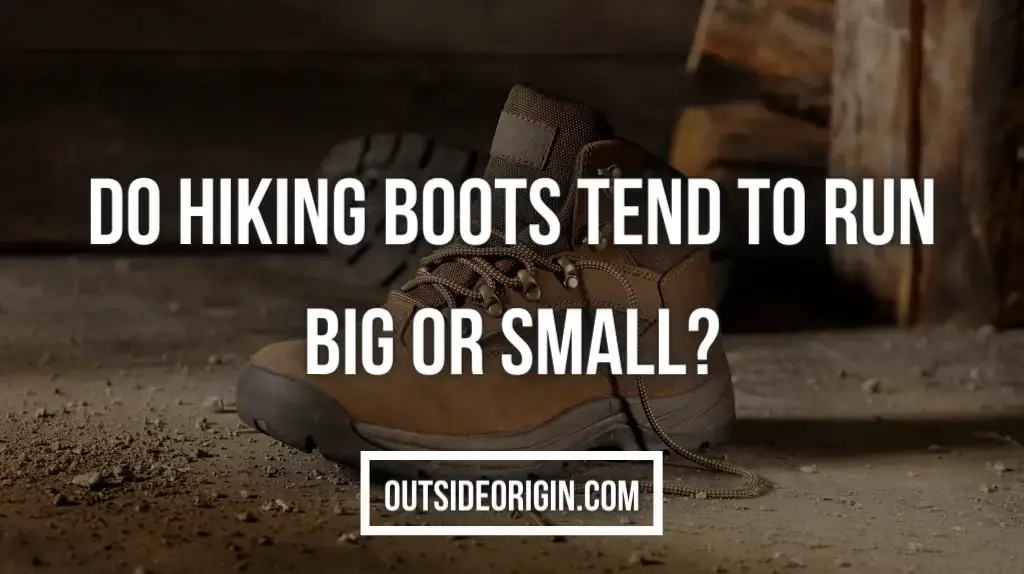
Hiking boots don’t run small, but you’ll need to buy them a few sizes larger than your regular shoes. They are made to fit your feet in a different way. As your feet warm up and expand from the exertion of hiking, make sure you have enough room in your pack to accommodate this.
Additionally, your boots must fit properly when you are going downhill so that your heel does not rise and your toes do not hit the front of the boots. When you go to buy shoes at the REI store, you’ll see this massive rock mounted on rails. It’s there for you to see how the shoes fit up and down, how they grip, and how they support your ankles.
Should You Get A Size Larger Hiking Boots?
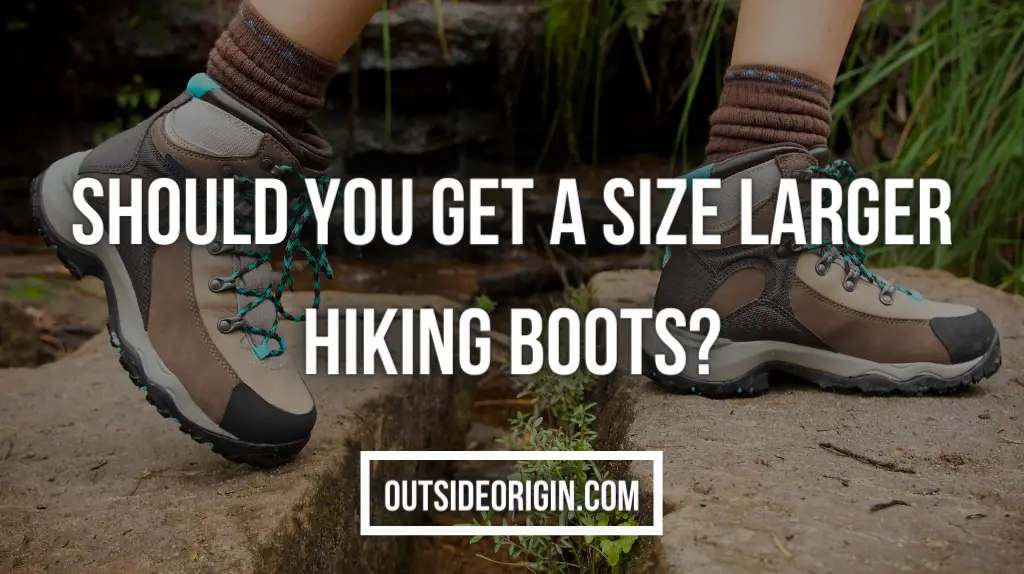
Are you on the lookout for an excellent set of hiking boots? As newbie hikers, we all were advised to purchase hiking boots that were one size larger than our regular shoes. Though we didn’t understand it at first, when you think about it, it makes perfect sense.
Foot swelling occurs naturally at the end of a long day on your feet, irrespective of your age or physical condition. It’s just the way feet move. Most people who work jobs that require them to stand all day are familiar with this. It’s possible that, even if not, you’ll be relieved to take your shoes off at the end of the day, but you won’t know why.
This is the reason for that. Because of the swelling in your feet! And the more you interact with them, the bigger they’ll get! So, when shopping for hiking boots, is it a good idea to go up a size? Yes!
Generally speaking, it should be about half a size larger or even a full size larger than the original size. Of course, you want your shoes to be snug, but not so tight that they make your feet feel like you’re wearing boa constrictors. However, you don’t want it too snug because you need room to wiggle your toes around in them. Socks will also take up some space inside each boot, so keep that in mind as you measure.
The Correct Fit For Hiking Boots
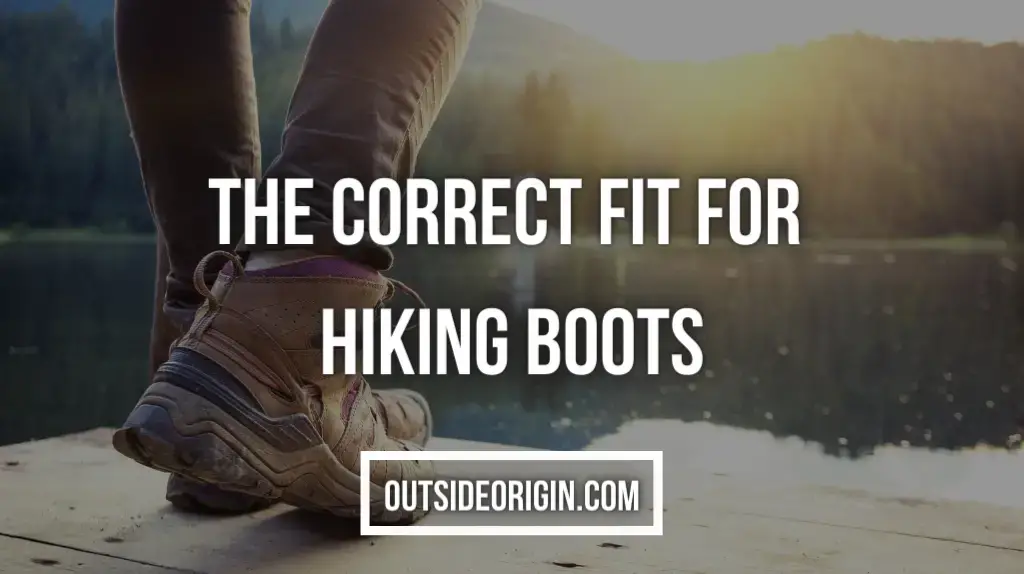
We’ve already written about how your boots should fit, and we don’t want to repeat ourselves.
However, the following points apply to all boots:
- A heel slippage of one-fourth to one-half inch is acceptable. Slippage in your boots will diminish as you wear them in. There is an option if it never does: a heel grip can fill the gap.
- Toe room should be at a minimum of an inch. Walking boots, in particular, need to be water-resistant. Additionally, your toes should have a bit of room to move.
- The “pins-and-needles” sensation is a sign that your boots are too snug. Your options are to wear thinner socks or exchange the boots for a size up. Wearing your boots inside for a few hours will help keep them clean and allow for easy returns.
- If you have flat feet and need arch support, you may need to go up a half-size to accommodate an orthopedic insole.
While hiking your feet are put to the test in different ways than they would be if you were working or walking around the city. When it comes to finding hiking boots that are a perfect fit, you’ll want to take a few extra factors into account.
How Do You Know Your Hiking Boot Size?
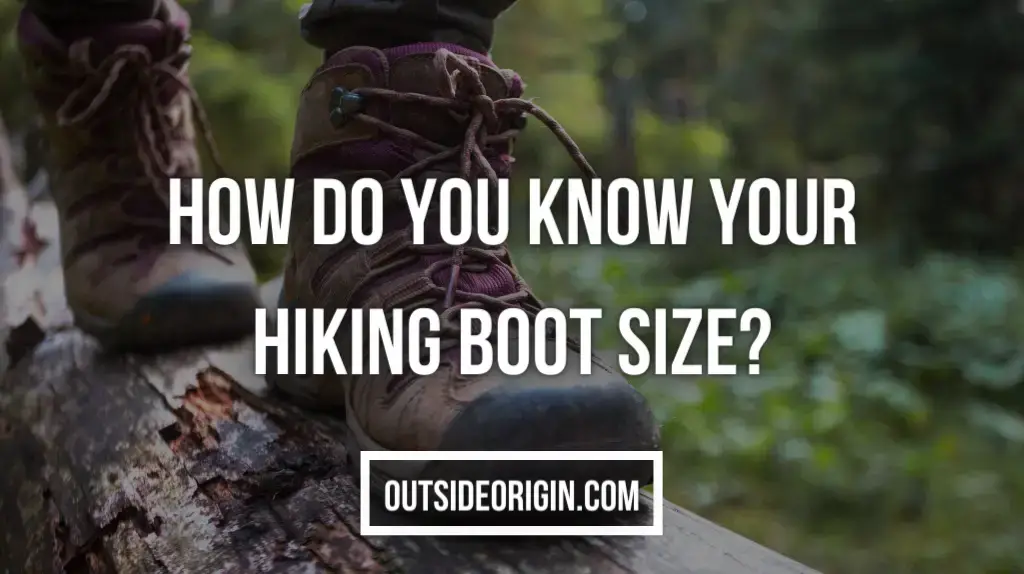
Make sure your new hiking or winter boots fit properly before you wear them out for the first time. Return them immediately if they don’t fit you properly.
The first step is to put on the socks you plan to wear with your new boots. Once you’ve done that, you need to figure out which foot is longer (most people have one foot larger than the other). To put on the boot, loosen the laces and insert your foot. Push your foot forward until your toes meet the end of the boot without tying it.
You should solicit the assistance of a close friend or family member at this point. Stand up straight and have them measure the distance between your heel and the floor. One finger should be able to fit between your heel and the back of a properly-fitting boot.
Boots that are either too big or too little will be a problem. Keep in mind that you are unable to do this alone since your heel and foot lift forward when you stoop down.
How Should Toes Be Fitted In Hiking Boots?
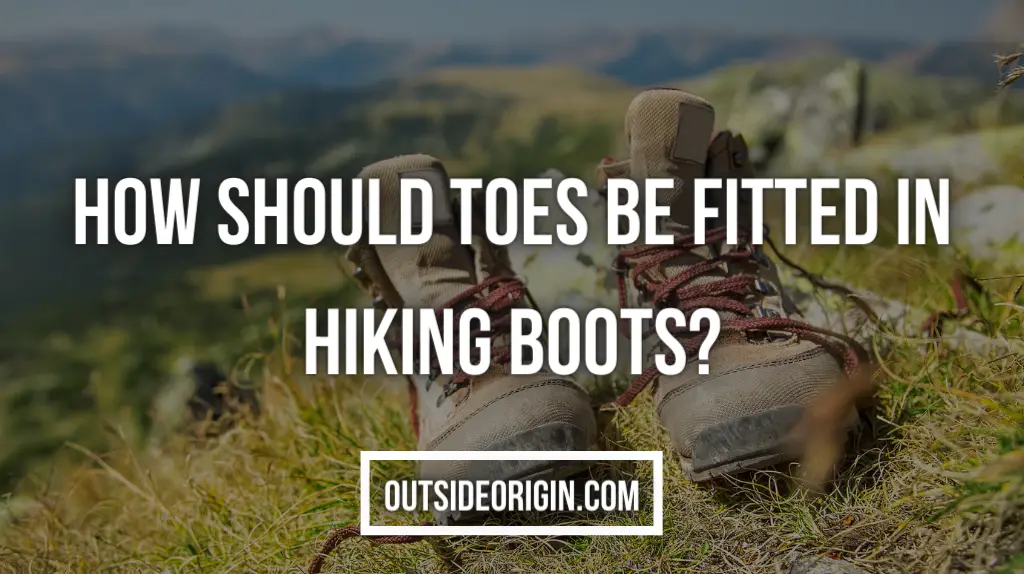
Finding the right fit is the most critical consideration when choosing hiking boots. As long as it doesn’t fit properly, it doesn’t matter how pricey or high-quality the material is.
Toe room is essential in hiking boots, so they should fit snugly but not be too tight. Toe room in your shoes is ideal, but it should not be so large that your entire foot may move about. There’s plenty of room for them to sneak in, but don’t put your faith in that to make them feel at ease.
Downhill, your toes should not come into contact with the front of your footwear. The risk of a darkened toenail increases if this occurs.
Lastly, having shoes that fit properly can make all the difference in the world when it comes to whether or not you have a good time or a bad time on your vacation. Rather than scaring you, this information is presented in such a way that you will appreciate the time and effort it takes to choose the best hiking boots for your specific needs.
Can You Do Me A Small Favor?
We have put a lot of time & effort into writing this post to provide you with the best info out there.
It’ll help us out if you could consider sharing it on your social media networks. You are also allowed to take any photo you want from our blog as long as you credit and link back!
Appreciate it! ❤️️
Hey Guys I am Michael, I am a writer & editor at Outside Origin. I love being in the outdoors and I hike quite often. I have actually hiked at Inca Trail, Samaria Gorge, and Milford to name a few. I plan on visiting more locations and hiking trails!

